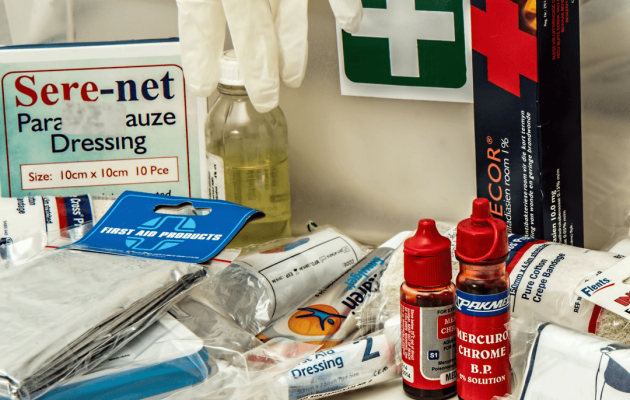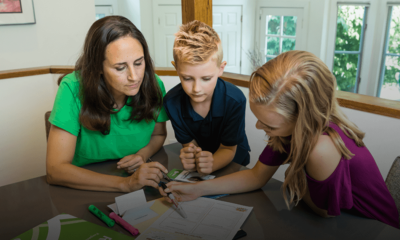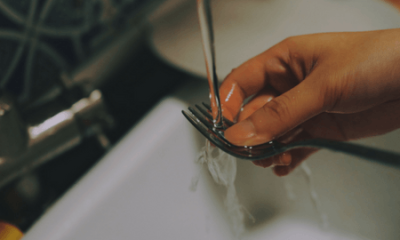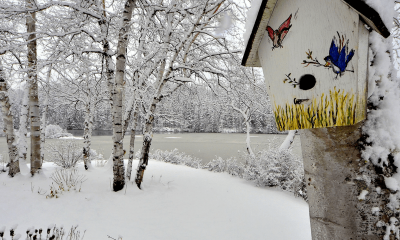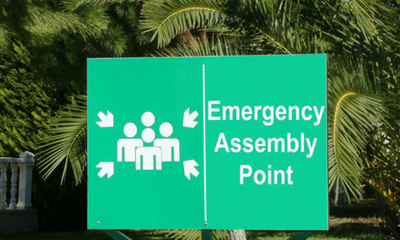The Top 10 Best Gifts to Give for the Safety of Your Family & Friends
The best gift you can give someone is something they would most likely not purchase for themselves. Many do not think of everything they would need on hand in an emergency situation, or don't anticipate a major disaster affecting community, home, or place of business. However, it is in those moments of panic during a disaster that the things they never bought for themselves become essential for their survival.
1. Fire extinguisher ($50-$100)
A fire extinguisher for the home or office is a necessity and can be found at nearly every hardware store. Fire extinguishers need to be replaced every few years. Depending on the size and category of fire it can put out, basic extinguishers tend to cost $50-$100.
2. Smoke and Carbon Monoxide detectors (under $60)
Smoke alarms should be installed "in every bedroom, outside each sleeping area and on every level of your home" via the National Fire Protection Association (NFPA).
Carbon monoxide detectors are an important safety feature for any building and should be installed on every floor/level. Carbon monoxide gas is produced whenever any fuel, such as gas, oil, kerosene, wood or charcoal is burned, including portable generators. Carbon monoxide detectors last an average of five to seven years. Smoke and carbon monoxide detectors can be found in hardware stores and grocery stores. Depending on the technology, detectors normally run under $60 and some even come as a combination of the two.
3. Emergency Weather Radio/Crank Radio (under $100)
Emergency weather radios come in all shapes, sizes, models and capabilities. There are handheld crank radios, solar powered radios, cell phone apps, and weather radios that can double as a two-way radio. Even during a power outage, listeners to these radios can stay informed of any disastrous weather in their area as well as non-weather threatening emergencies such as national security, environmental and public safety events through the Federal Communications Commission's (FCC) Emergency Alert System. Unlike cell phones and televisions where reception and electricity for charging is a factor, these radios work under harsh conditions and can be found for less than $100.
4. First Aid Kit ($10-$100+)
First Aid Kits can be store bought or homemade and should be kept in your home, office and car. Kits should contain the essential items needed for temporary survival during a disaster. If you are assembling a kit as a gift, the American Red Cross has a full recommendation of items to include on their website, such as bandages, gauze pads, and gloves. A First Aid Kit's size will vary depending on the amount of time it is supposed to sustain a human during a disaster setting (a 24-hour disaster kit will be much smaller than a 7+ day kit).
5. LED Flashlights ($20-$50)
Preparing for power outages is essential. When a storm hits, electricity outages are common. One way to prepare without creating a fire hazard is by having LED flashlights readily available versus using candles or lanterns. Batteries and bulbs last much longer in LED flashlights versus the standard flashlight and LED lights have been measured at up to 60 times brighter than standard flashlight bulbs.
6. Solar electronics charger ($20-$200+)
If a storm hits and the power goes out, it is only a matter of time before your cell phone battery is fully drained. And in this day and age, where cell phones are quickly replacing land lines, a cell phone may be your only form of communication in an emergency.
One of the newest and most innovative technologies in disaster preparedness is solar chargers. Solar chargers use sunlight to store energy to charge your phone. Depending on your price point, there are many different options for these chargers, including: solar charger cases for cellphones; mini solar panels that can charge multiple devices at once; and battery/solar powered USB charger combination kits.
7. Emergency roadside car kit ($15+)
Harsh weather does not always strike when we are safe and sound at home. It is just as apt to hit while you are on the road. In bad weather travelers may be faced with numerous types of roadside emergencies, and should be prepared to keep themselves and their passengers safe until assistance can arrive.
For those assembling a custom emergency kit, Edmunds gives a list of what should be included in this kit on their website. This includes: roadside flares, jumper cables and a flashlight.
8. Emergency food/water kit ($100+)
Emergency food and water kits have extended shelf lives and give the nutrition and calories needed to sustain an individual in an emergency situation. Depending on the size of the kit and how many days it will last there is a wide variety and price range in what you can purchase. Kits can be purchased separately for food and for water, while others are a combination of both.
9. Spare medications (price varies)
If a family member depends on medication(s) to survive, another idea is to give them a gift card to their pharmacy of choice. Explain to them the importance of having an extra supply of their prescriptions on hand in case of an emergency where pharmacies may be closed, or they may be unable to reach the pharmacy. (All medication availability and prices vary depending on the person's insurance and co-pay.)
10. Emergency pet supplies ($50+)
Last but certainly not least, emergency plans should include pets! Emergency pet supply kits are available at most pet stores. In addition, most animals are accustomed to a specific diet and cannot eat human food so it is important to have their specific food as part of their kit. While you may not be able to supply everything needed for another's pet, you can create a kit with items like the following: a pet-specific First Aid kit; sturdy leashes, harnesses, and/or carriers; and food, drinkable water, bowls, cat litter/pan, and a manual can opener.
The best gifts to give to your family and friends is peace of mind; especially when confronted with a disaster. Although they may not be the most exciting gifts at the time, the receiver will certainly be thanking you when that First Aid kit or fire extinguisher was needed.
For additional information, visit:

